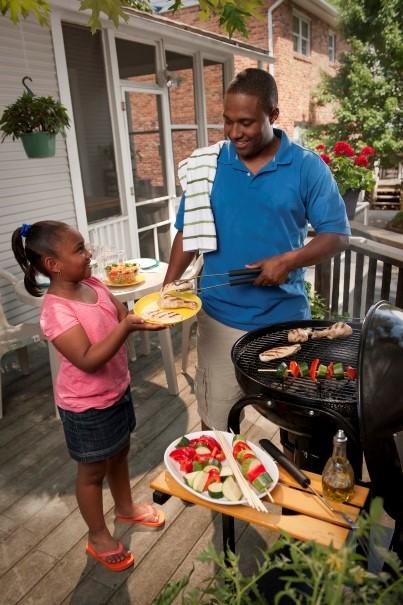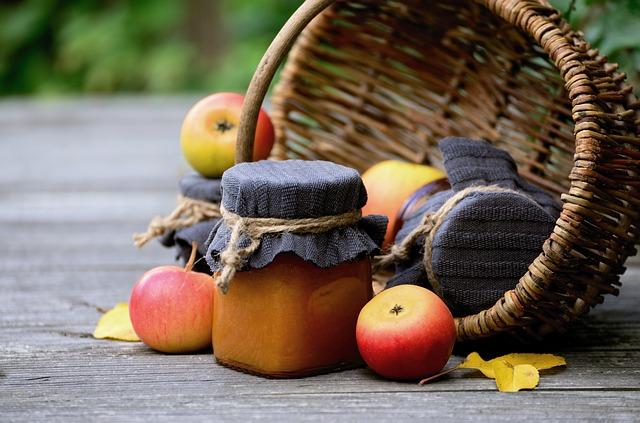
The Maryland Supplemental Nutrition Assistance Program (SNAP-Ed) is a nutrition education program that targets individuals and families eligible for SNAP (EBT). SNAP-Ed educators in Prince George's County provide resources to help people lead healthy lives through increased food access and improved overall health through nutrition and physical activity. SNAP-Ed partners with community organizations to change the policies, systems, and environments of those sites and offer education programs to support positive changes in those communities.
SNAP-Ed programming reaches participants in a variety of ways including:
- Classroom-based, in-person nutrition education for youth, which features tastings and food preparation opportunities.
- Onsite gardens and gardening for nutrition programs, which encourage the use of locally-produced foods for tastings, snacks, and meals.
- Text2BHealthy, a text-messaging program for parents of elementary school children, which features weekly texts with targeted and actionable information on nutrition and physical activity.
- Training sessions and technical assistance for farmers that facilitate more effective marketing to low-income shoppers at farmers' markets and other direct-marketing venues.
- Training for staff and volunteers at standalone and school-based food assistance sites to provide healthy food options, package healthy choices to make nutritious meals, assist clients in selecting healthy choices, produce healthy foods to distribute, and motivate pantry managers to become healthy food champions for their site.
Key SNAP-Ed Partnerships in Prince George's County include:
- Prince George's County Public Schools
- Prince George's County Judy Centers
- Prince George's County Memorial Library System
- Farmer's Markets
- Food Assistance Sites
For more SNAP-Ed resources, visit:
Contacts:
- Meghan Glass, Agent Associate, Nutrition Educator, mwglass@umd.edu

